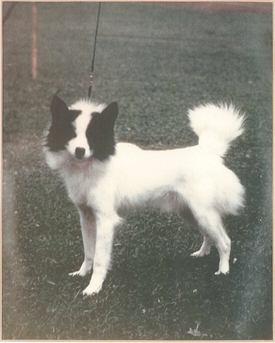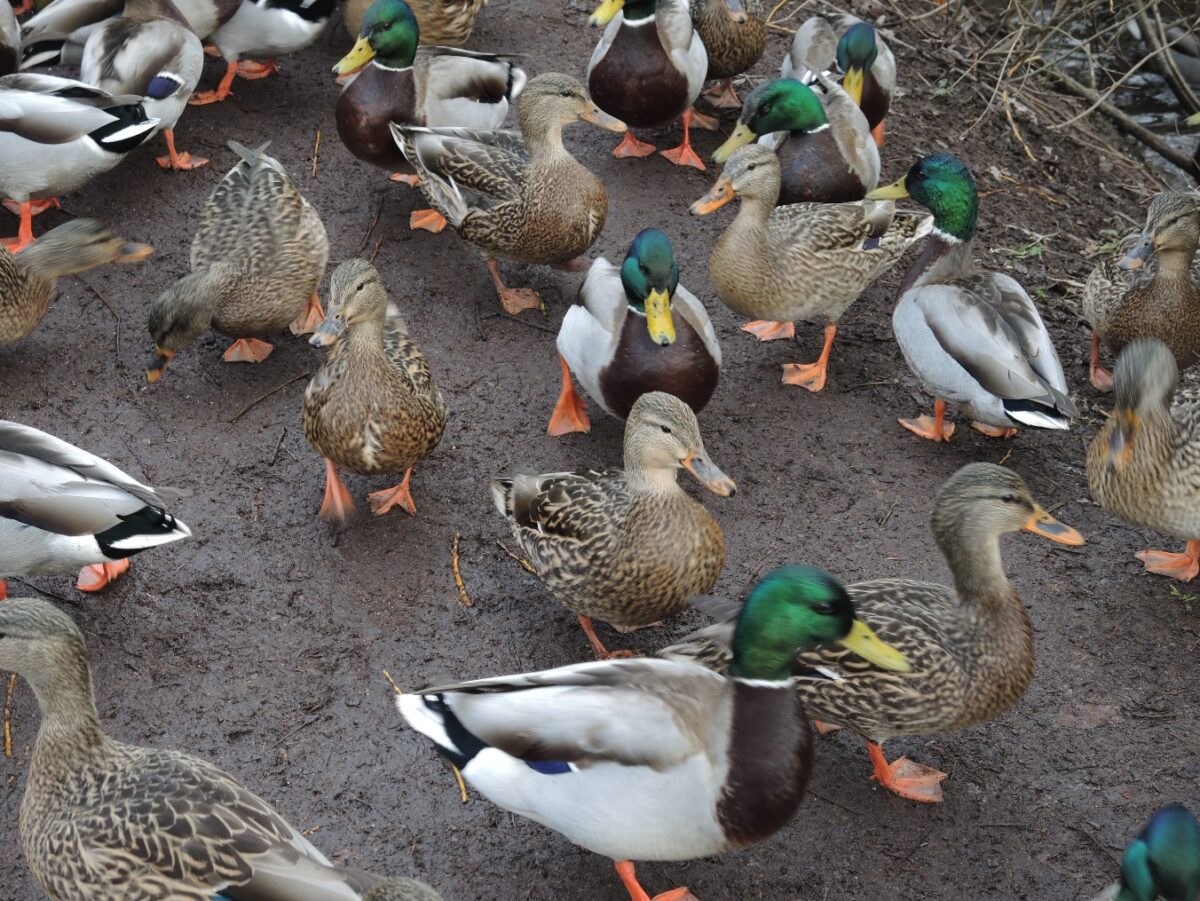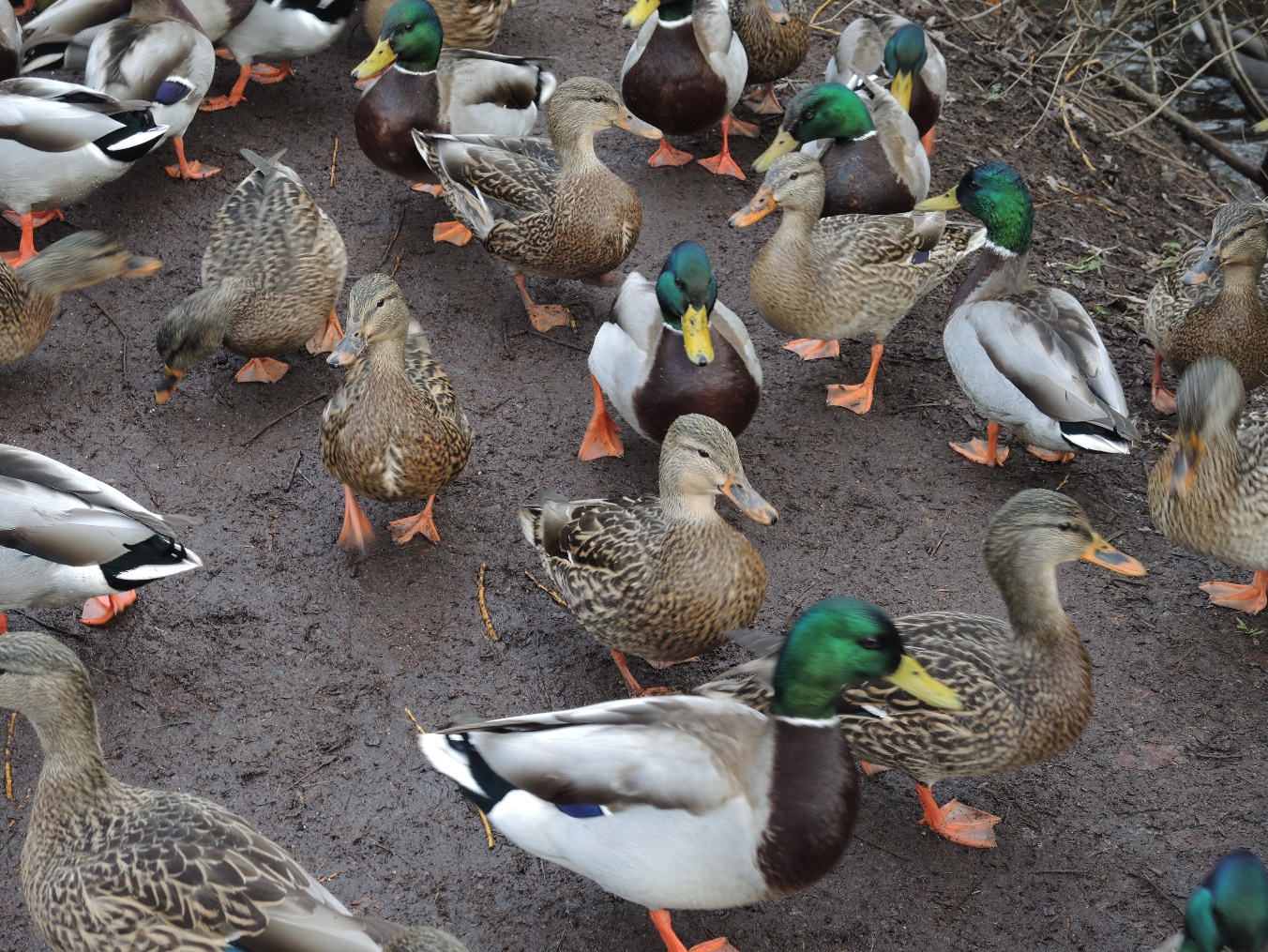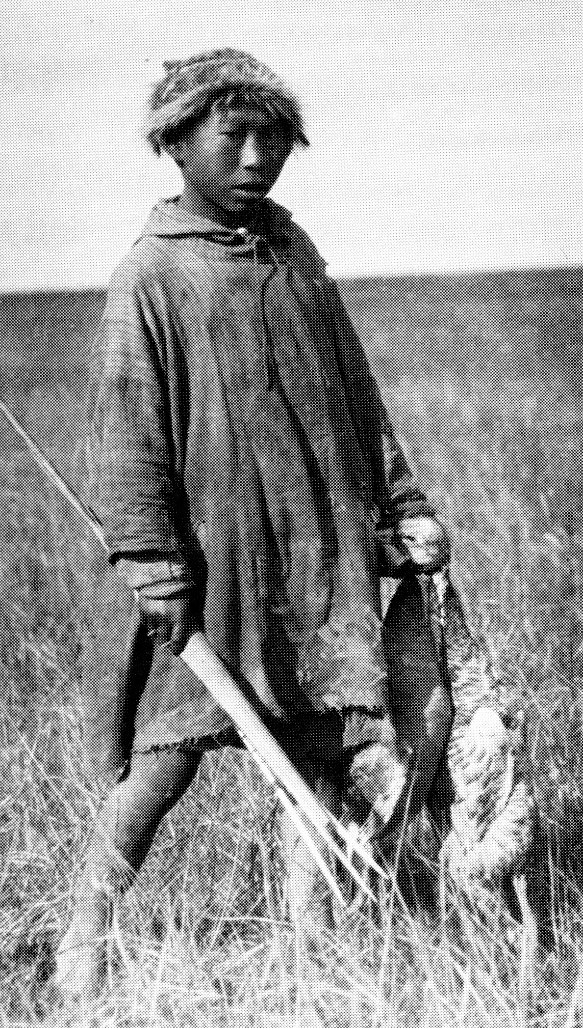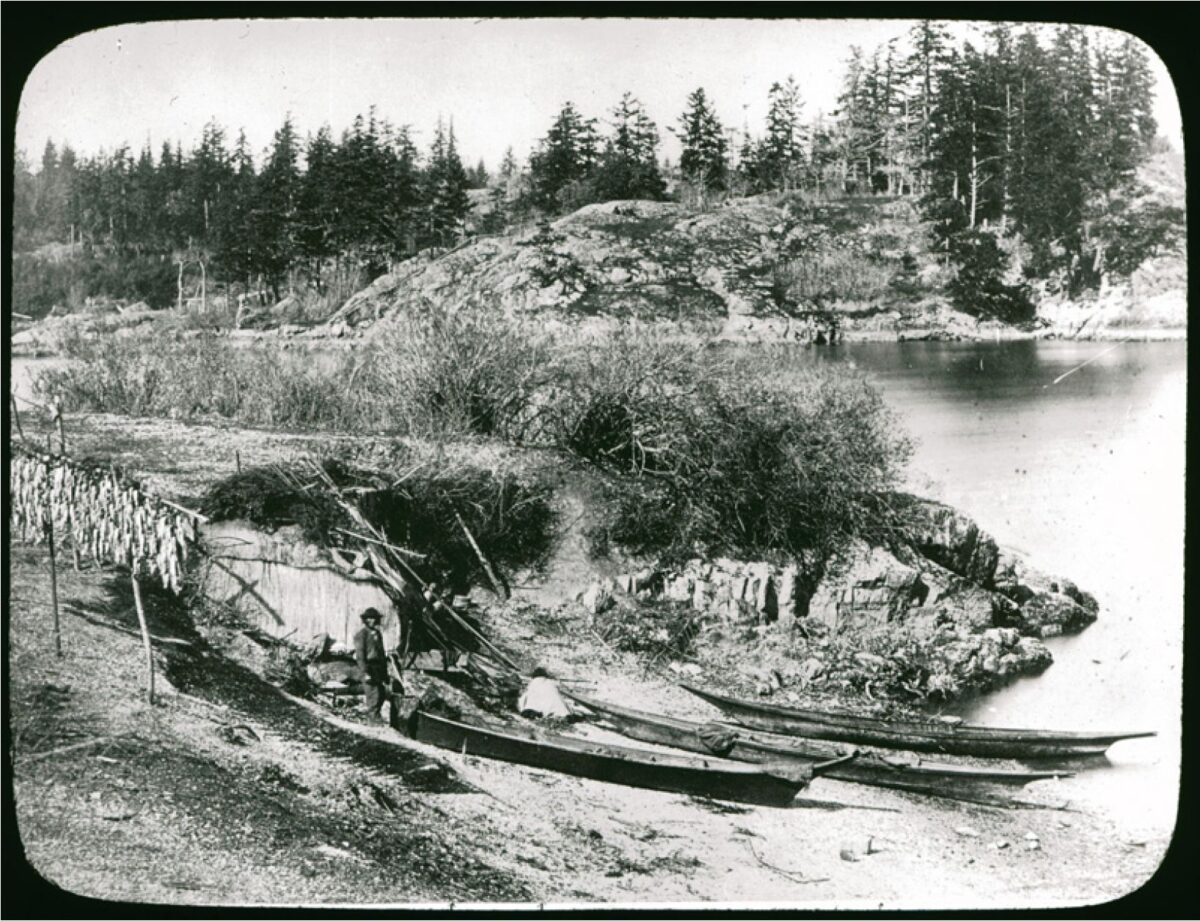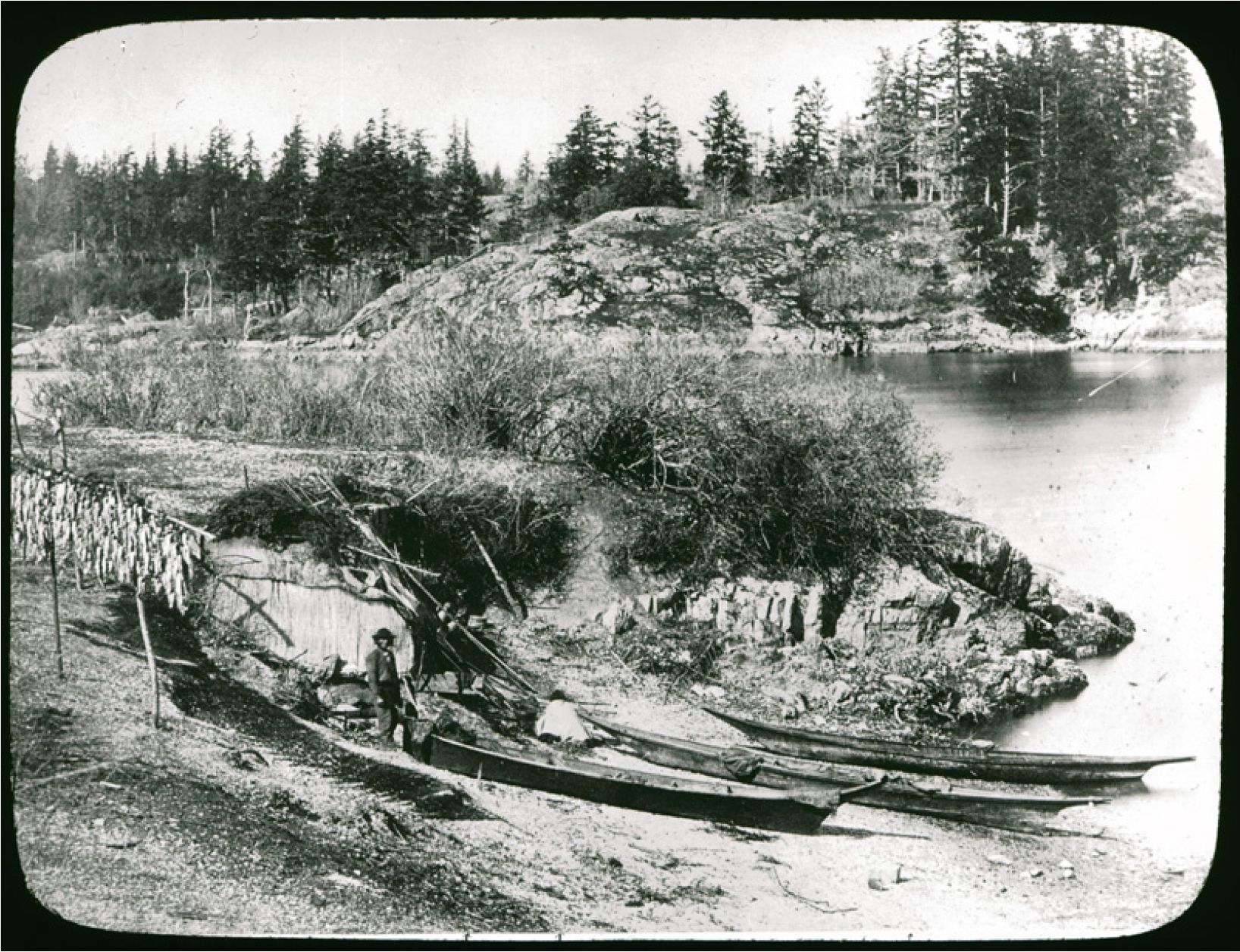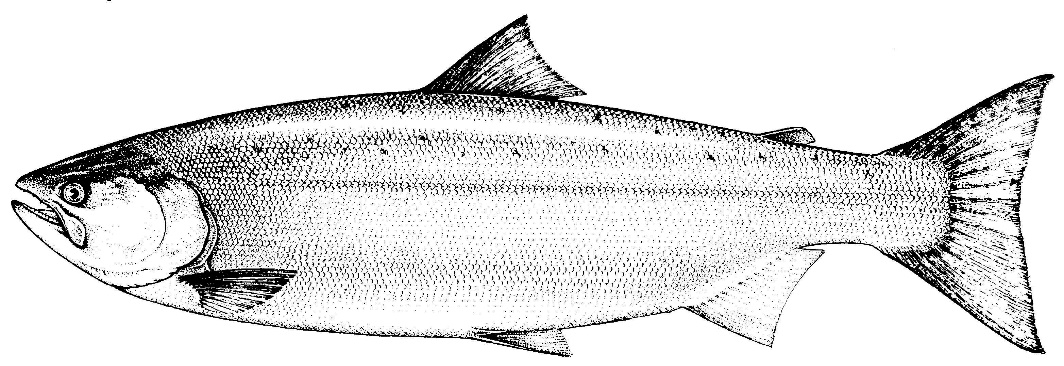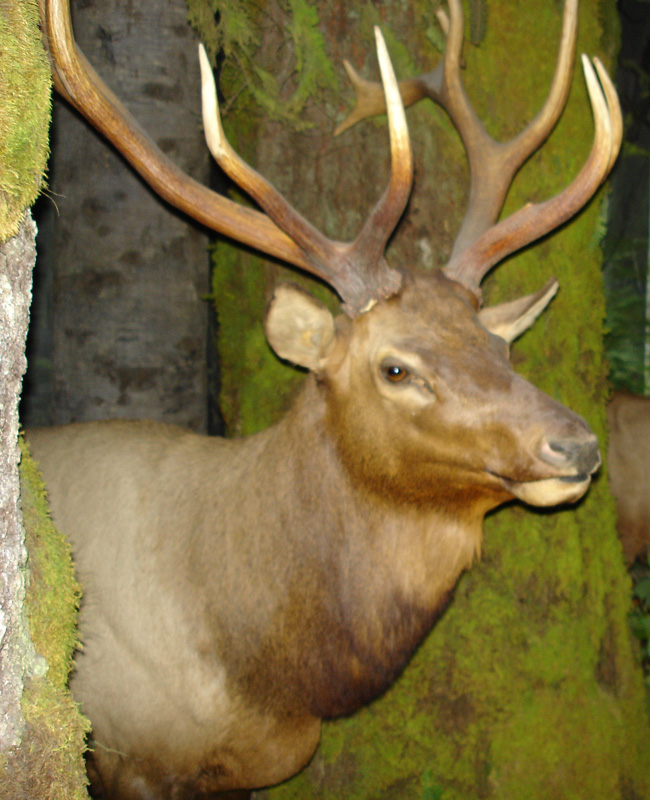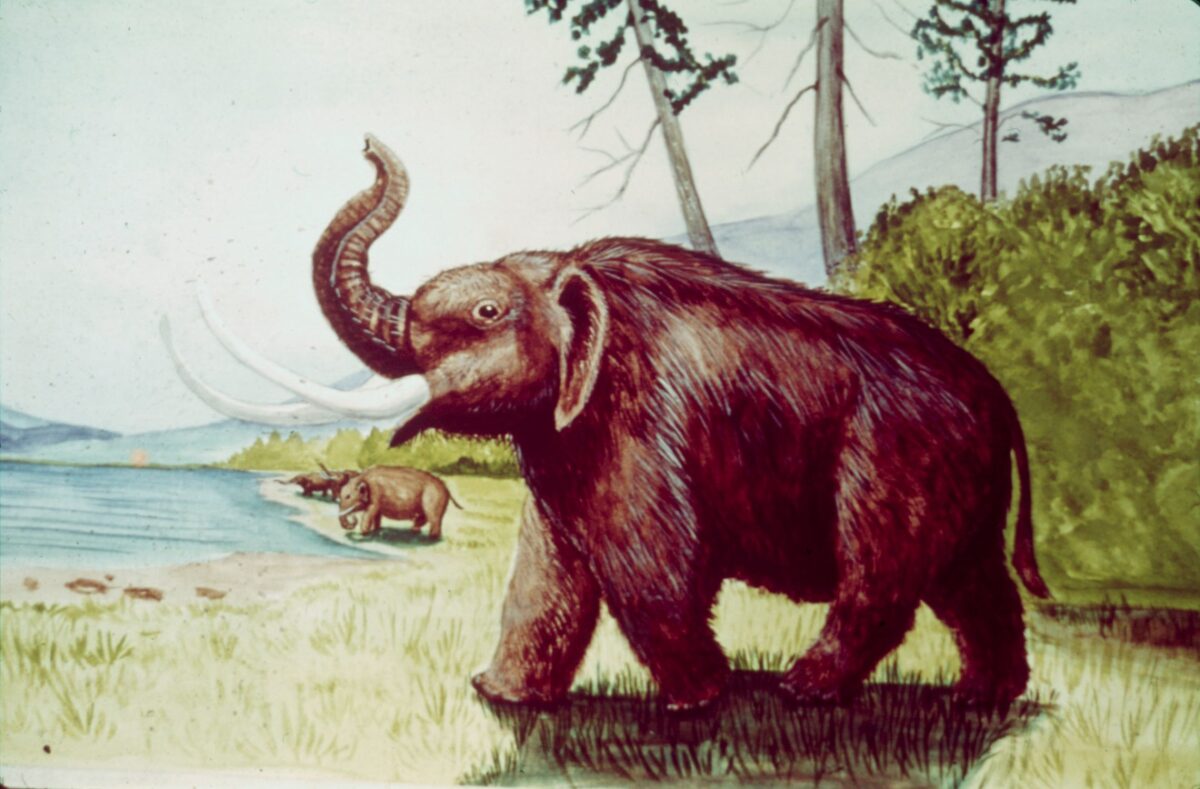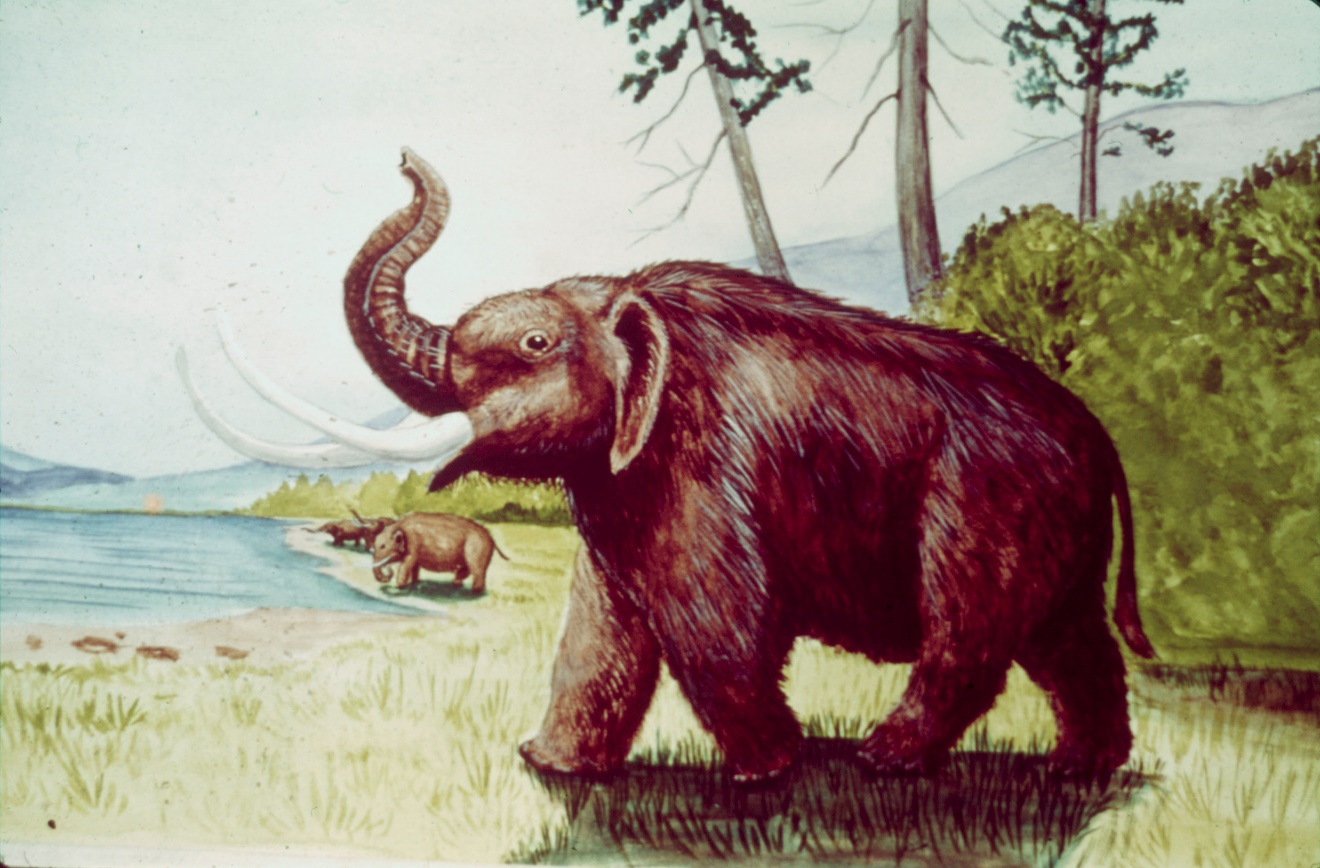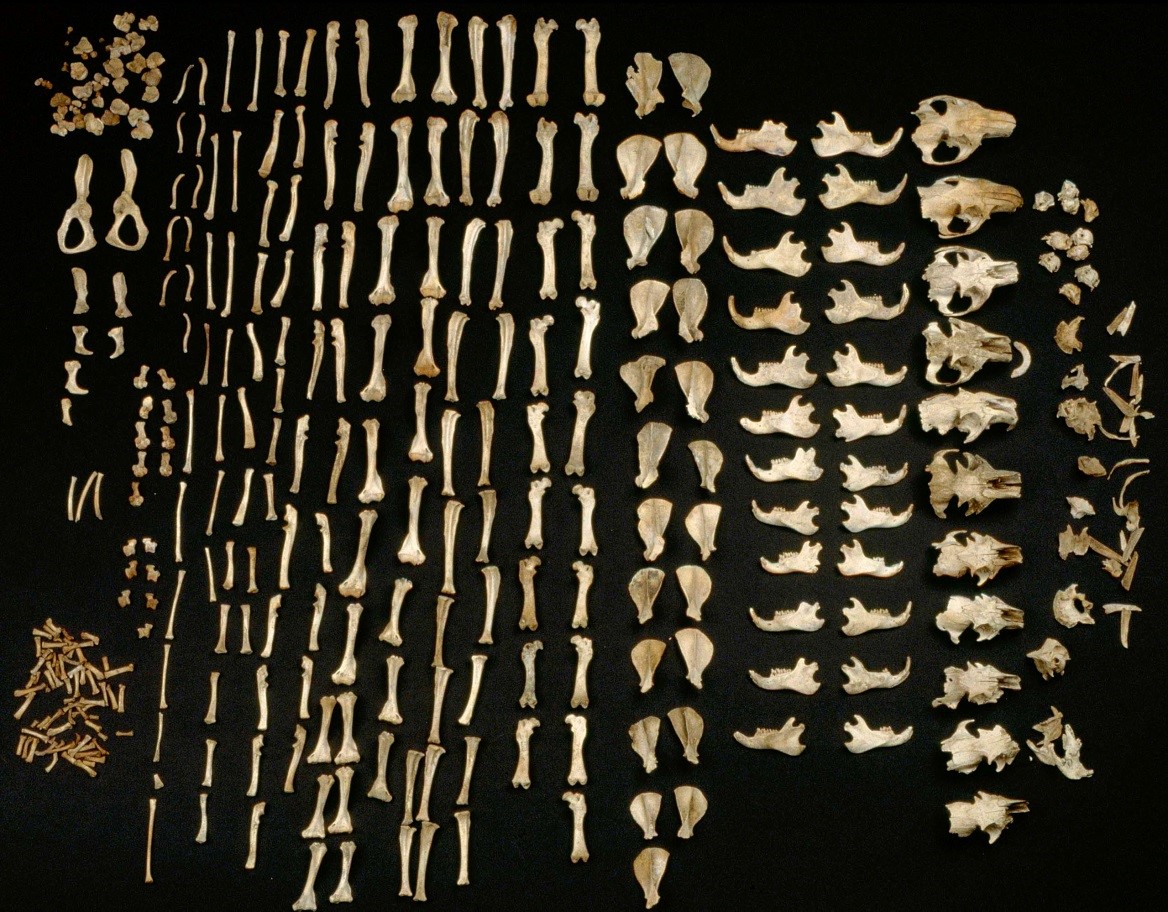
Canadian Journal of Earth Sciences. 2 May 2024. https://doi.org/10.1139/cjes-2023-0102 Survival of mammoths (Mammuthus sp.) into the Late Pleistocene in Southwestern British Columbia (Vancouver Island), Canada. Laura Termes, Grant Keddie, Richard Hebda, Pat Trask, Victoria Arbour, Camilla Speller, L. Paskulin, Chris Ramsey and Michael Richards. Abstract As part of a larger project identifying and directly radiocarbon dating Late Pleistocene megafaunal remains in British Columbia (B.C.), Canada we have confirmed the identity of many newly identified mammoth (Mammuthus sp.) specimens (n=32) from Vancouver Island in Southwestern B.C. We undertook radiocarbon dating on all specimens and were able to obtain dates (due to preservation) on 16 of these remains, including re-dating a previously dated mammoth using newer radiocarbon extraction methods. The mammoth dates … Continue reading “Mega Fauna Publication Abstracts with Grant Keddie as a co-author.”
